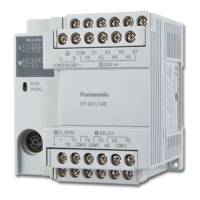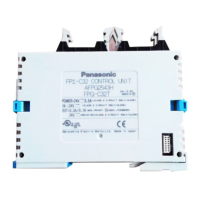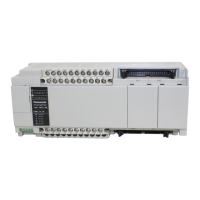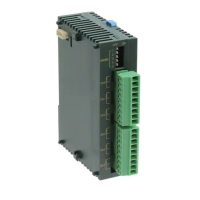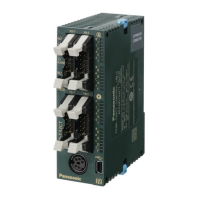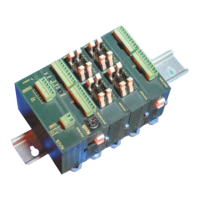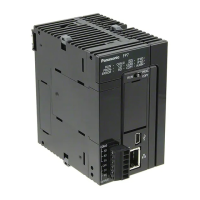Glossary
FP Modem-EU Technical Manual
Hayes
Command language for modem controlling that was originally developed for the Hayes
corporation. This is a quasi standard, i.e. it is not an official standard, but a set of commands
that was extended in various and numerous ways. All commands start with ”AT”, therefore it is
called the AT command set. The Hayes command set is so widely used that the V.25 standard
can hardly win recognition.
ITU-T
International Telecommunications Union of the European Telecommunications
Administrations. New name since 1994 for CCITT (Comité Consultatif International
Téléphonique et Télégraphique). The standards for data transmission are those about
telephones (V standards), data networks (X standards) and ISDN (I standards).
LAPM
Link Access Procedure for Modems, Procedure for establishing a connection.
Line
Telephone line.
Line transmission speed
Also called line speed; the transfer rate between two modems in bps.
MNP
Microcom Networking Protocol, transmission procedure of the Microcom corporation. There are
nine classes, some of which are partially upward compatible. Those classes 1-4 are mere data
transfer protocols. These were included into the V.42 regulation. From MNP Class 5 on, data
compression is implemented (see compression). The higher classes 6-9 are relatively rare.
MNP5
Term for an automatic data compression protocol, the automatic error protocol MNP4 is
included therein. Adaptive data compression in real time. The efficiency of the compression
varies between 75% and 200%. Microcom specifies 160% as a realistic value. The efficiency at
160% compression is at about 200%.
MNP10
Term for data flow optimization. This new variation on error correction ensures higher data flow
rates during data transmissions. A precondition for this is, however, that the remote modem has
the same protocol and that the said protocol has also been enabled.
Modem
Unit for transmitting data via analog telephone lines. Modem is an abbreviation and stands for
MOdulator-DEModulator. The digital data of the controller are modulated on defined carrier
frequencies and transmitted to the receiver via the telecommunication network. There, the
received signals are reconverted into digital data and made available for the computer. The
digital data signal is modulated to an analog carrier and demodulated at the receiver. Select the
modulation procedure so that as much data as possible can be transported without leaving the
transmission channel (telephone line), defined by the frequency range. Thereby information
should be exchanged without loss. Remote data transmission between modems via the
telephone line is carried out according the internationally defined standards of the ITU-T. This
ensures that this exchange is possible between units of different manufacturers and that it can
be carried out independently from the data source.
Modulation
Procedure for switching a carrier frequency to a usage signal in order to ensure that the usage
signal can be transmitted properly. You can distinguish between amplitude modulation (AM),
100
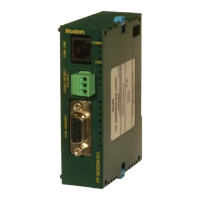
